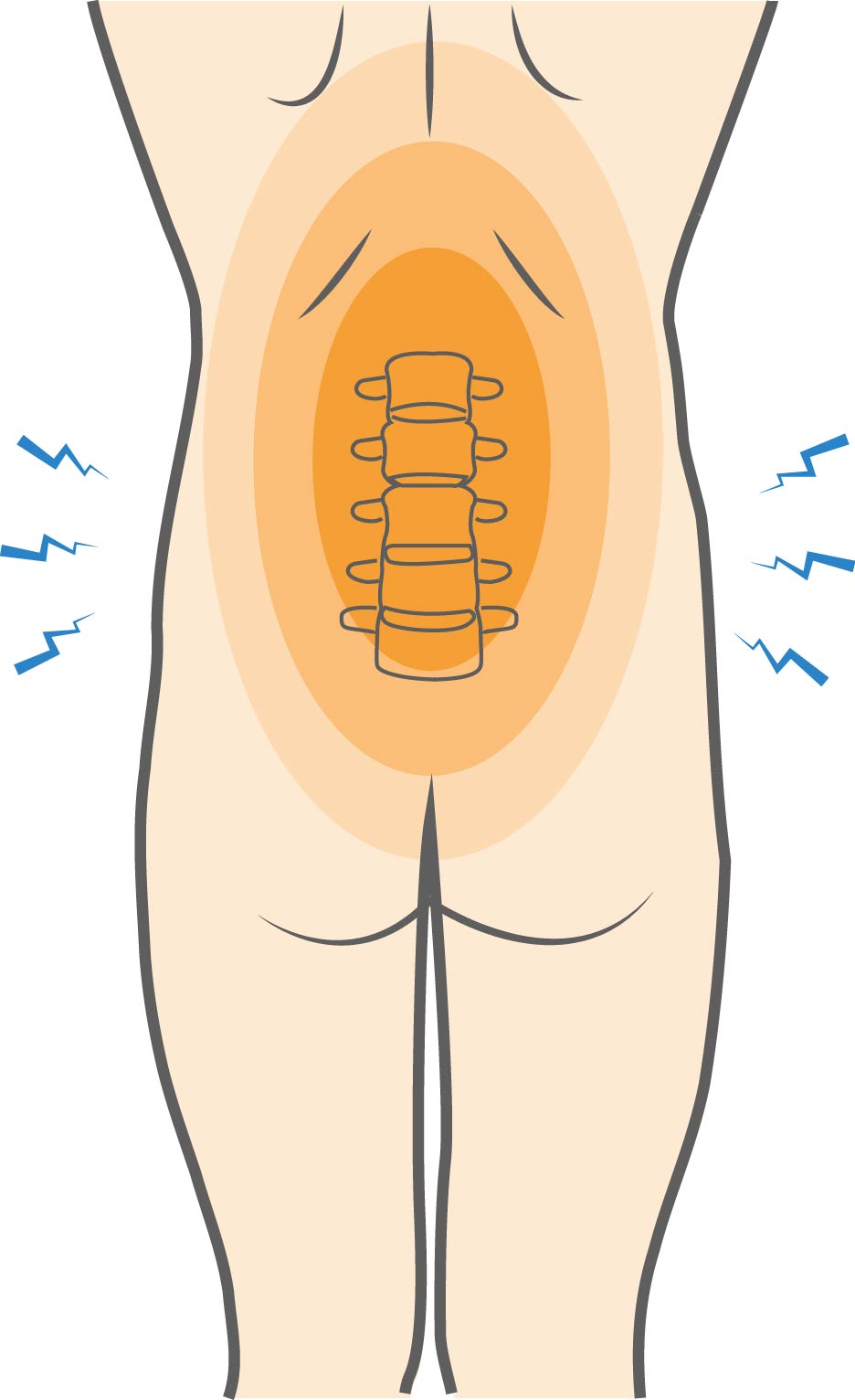Low back pain is a common experience for many people. In fact, approximately 80 percent of adults report having had low back pain at some point in their lives. Pain in the lower back can be debilitating and limit or prevent physical activity.
Mechanical/postural back pain may also be called acute low back pain, lumbago, idiopathic low back pain, lumbosacral strain or sprain, or lumbar syndrome. Acute low back pain is an episode of low back pain for less than 6 weeks, sub-acute low back pain between 6 and 12 weeks, and chronic low back pain for 12 weeks or more.
Knowing the structure of the back is key to understanding the causes of back pain. The spine provides structure to the back. It comprises 24 vertebrae that stack on each other to form the spinal column. Between the vertebrae are discs that cushion these bones and give the back flexibility. Inside this column is the spinal cord and other nerves, which connect to the brain and muscles. The column extends from the neck (cervical) to the lower (lumbar) part.


